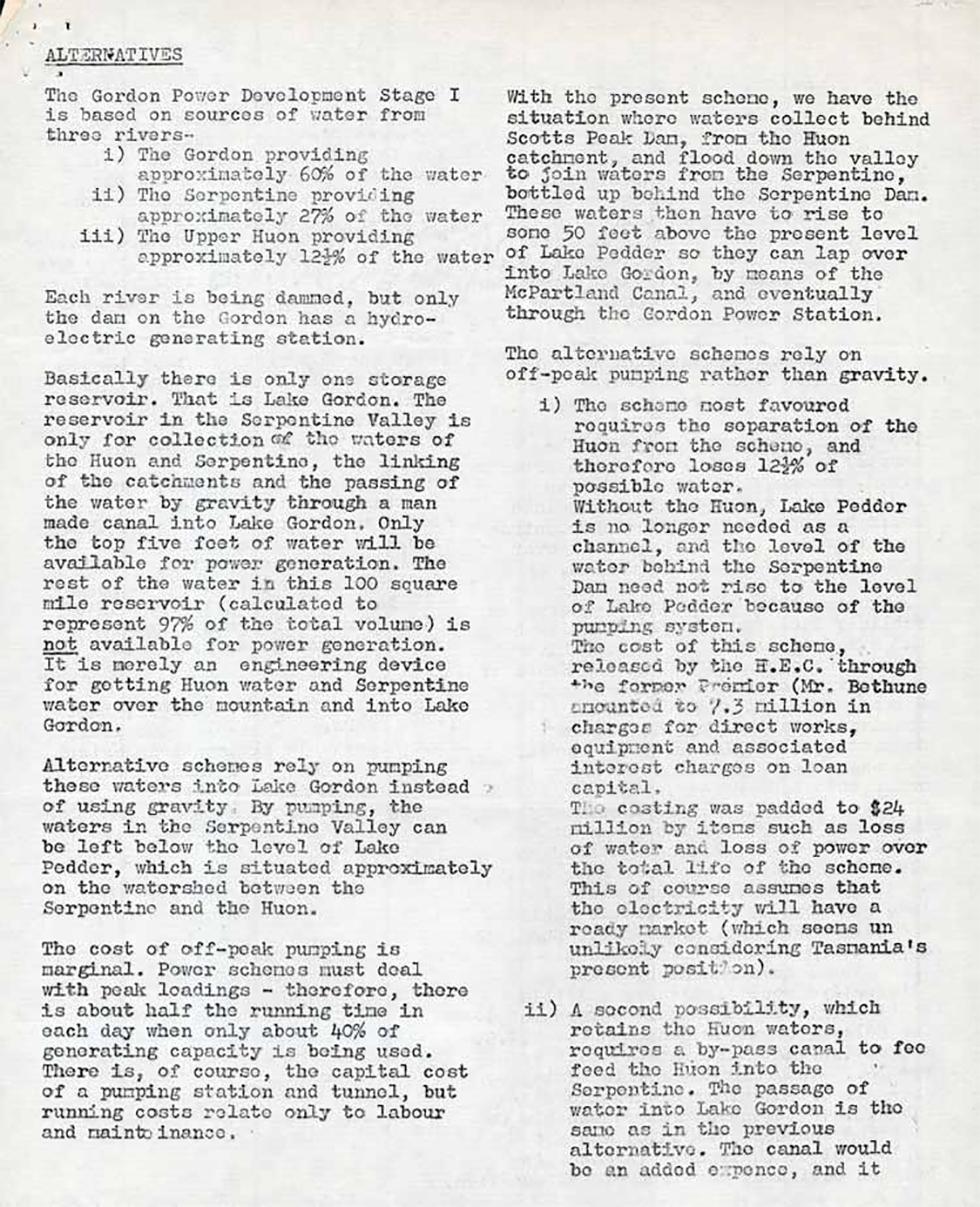
Letter to Sir Paul Hasluck, Governor-General, regarding an impending ecological crisis.

Letter to Sir Paul Hasluck, Governor-General, regarding an impending ecological crisis.

Letter to Sir Paul Hasluck, Governor-General, regarding an impending ecological crisis.





